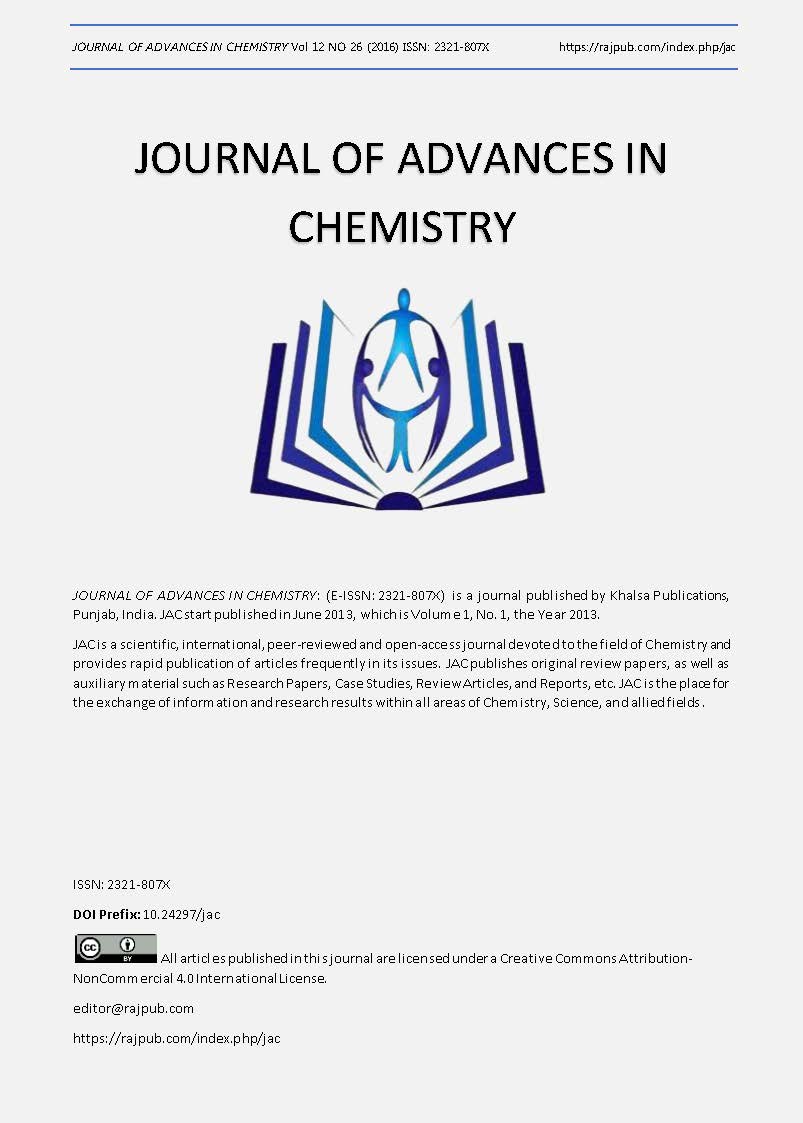IMPACT OF AGGRESSIVE CHEMICAL ENVIRONMENT AND CORROSION ON DURABILITY CHARACTERISTICS OF FIBRE REINFORCED CONCRETE
DOI:
https://doi.org/10.24297/jac.v12i26.4426Keywords:
Stainless Steel fibre, Durability, Half Cell potential, Corrosion.Abstract
           Durability characteristics of concrete play an imperative role in the performance of the buildings. Concrete despite its versatility is known to have several limitations. It is weak in tension, has limited ductility, shows little resistance to cracking, its permeability to liquids, has poor resistance to sulphate attack and subsequent reinforcement’s corrosion are such restrictions. Research to overcome these limitations led to the development of special concretes like high performance concrete& fibre reinforced concrete. However when fibres are exposed to aggressive environment, rusting takes place and leads to corrosion of fibres. This can be reduced by using stainless steel fibres instead of steel fibre. An experimental study has been taken up to study the impact of various chemicals like sulphates, chlorides, acids and effects of corrosion on concrete. Also the influences of fibres in enhancing the durability characterisitics of concrete under such aggressive environment were studied. This experimental study proves that the Stainless Steel fibre reinforced concrete has several advantages over steel fibre reinforced concrete and has better durability & corrosion resistance.
Downloads
References
2. Pawade and Prashanth Y, 2011. Performance of Steel Fibre on Standard Strength Concrete in Compression, International Journal of Civil & Structural Engineering: 2011, Vol. 2 Issue 2, P483.
3. Vengatachalapathy.V and Ilangovan.R, 2010. A Study on Steel Fibre Reinforced Concrete Deep Beams With and without Openings, International Journal of Civil and Structural Engineering, Volume 1, No 3, 2010.
4. Jun pil Hwang and Min Sun Jung, 2015. Corrosion Risk of Steel Fibre in Concrete, Construction and Building Materials Journal 101 (2015) 239-245.
5. Aldjia Boutiba, Rabah Chaid, Laurent Molez, Raoul Jauberthie. Ripening in Chemically Aggressive Environment the HPC Reinforced with Hybrid Steel Fiber. Periodica Polytechnica Civil Engineering, Faculty of Civil Engineering of the Budapest University of Technology and Economics, 2016, 60 (1), pp.83-88.
6. Anghan Jaimis and Mitan Kathrotiya, 2016. Effect of Aggressive Chemical Environment on Different Types of Concrete, GRDJE/RACEGS-2016/046.
7. BIS (Bureau of Indian Standards), IS 10262-2009: Concrete Mix Proportioning—Guidelines, New Delhi, India, 2009.
8. Sivakumar Anandan, Sounthararajan Vallarasu Manoharan, and Thirumurugan Sengottian, Corrosion Effects on the Strength Properties of Steel Fibre Reinforced Concrete Containing Slag and Corrosion Inhibitor, International Journal of Corrosion, vol. 2014, Article ID 595040, 7 pages, 2014. doi:10.1155/2014/595040.
9. www.worldstainless.org
10. B.Miloud, 2005. Permeability and Porosity Characteristics of Steel Fibre Reinforced Concrete, Asian Journal of Civil Engineering(Building & Housing) Vol:6 No.4, P 317-330.
Downloads
Published
How to Cite
Issue
Section
License
 All articles published in Journal of Advances in Linguistics are licensed under a Creative Commons Attribution 4.0 International License.
All articles published in Journal of Advances in Linguistics are licensed under a Creative Commons Attribution 4.0 International License.




